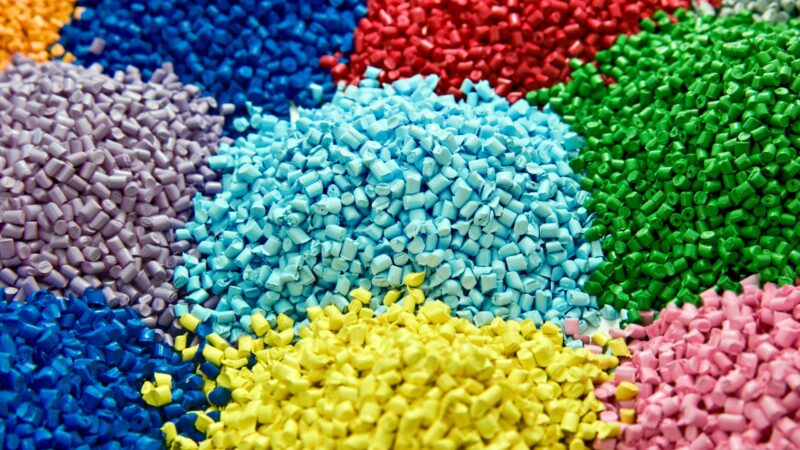Fluid bed granulators (FBGs) are widely adopted in solid dosage manufacturing for their ability to combine granulation and drying into a single, efficient process. However, integrating an FBG into a brownfield facility—one with fixed infrastructure, legacy utilities, and ongoing operations—presents a host of practical challenges.
Without a thoughtful integration strategy, the addition of even a compact FBG can trigger significant delays, workflow disruptions, and compliance risks. Here’s how pharmaceutical manufacturers can rethink integration for success.
Brownfield Isn’t Greenfield with Constraints
In a greenfield facility, design and equipment are co-developed from the ground up. Brownfield sites, by contrast, force engineering teams to work around existing constraints—limited ceiling height, fixed cleanroom classifications, aging HVAC systems, or unidirectional personnel flow.
Often, the process goals are ambitious: reduce granulation time, improve drying efficiency, and support more potent or moisture-sensitive APIs. But unless integration is approached holistically, the operational benefits may never materialize.
Five Common Integration Mistakes—and How to Avoid Them
1. Air Handling Is Undersized or Misaligned
FBGs require stable, filtered inlet and exhaust air systems to manage fluidization, temperature, and solvent handling. Using shared air handling units or overloading existing HVAC systems often results in poor drying consistency or risk of contamination.
Solution: Consider a dedicated AHU for the FBG, designed with airflow zoning, HEPA filtration, and solvent handling in mind.
2. Assuming Floor Space Is the Only Constraint
In many facilities, vertical clearance is the bigger problem. FBGs often require headroom for product discharge, air ducting, and cleaning access.
Solution: Evaluate mezzanine-level installations or recessed pits to optimize gravity flow while preserving space for operators and downstream equipment.
3. Late Integration of Automation and Controls
Bringing automation into the picture after layout is finalized can trigger retrofits, compatibility issues, or regulatory rework—especially with legacy SCADA or batch control systems.
Solution: Engage automation specialists early. Standardize interfaces using OPC-UA or ISA-88 frameworks to futureproof connectivity and simplify validation.
4. Underestimating Material Transfer Reconfiguration
An FBG disrupts the material flow upstream (charging) and downstream (dry granules). This often means modifying lifts, containers, or conveyors to avoid manual handling and maintain GMP zoning.
Solution: Model the revised process flow before any mechanical integration begins. Account for ergonomics, cross-contamination risk, and line clearance procedures.
5. Overlooking Zoning and Classification Conflicts
Changes to layout and flow can compromise existing cleanroom zoning, especially if new transfer routes, personnel paths, or cleaning protocols are introduced.
Solution: Perform a full GMP zoning assessment during design. Implement physical or procedural controls to maintain classification and separation between high-risk and low-risk areas.
Toward Smarter Integration: Modular, Pre-Validated Skids
A growing number of manufacturers are embracing modular FBG skids—compact systems with integrated controls, air handling, and validation documentation. These reduce field installation time and allow for FAT testing offsite, limiting production downtime during retrofit.
In many cases, modular designs allow installation in weeks rather than months and minimize cleanroom revalidation by limiting site construction.
Strategic Fit Beats Fast Installation
Successful brownfield integration isn’t about squeezing equipment into available space—it’s about aligning the granulator with the facility’s operational reality.
That means designing around material and personnel flow, understanding the facility’s compliance baseline, and ensuring the process works as a system, not a series of disconnected units.
For teams tackling brownfield upgrades, the message is clear: don’t just retrofit equipment. Rethink the architecture, process map, and compliance pathways together.






